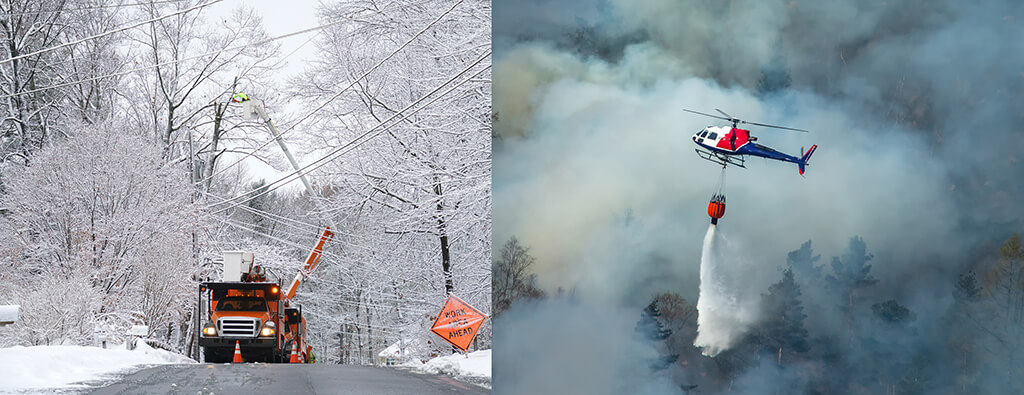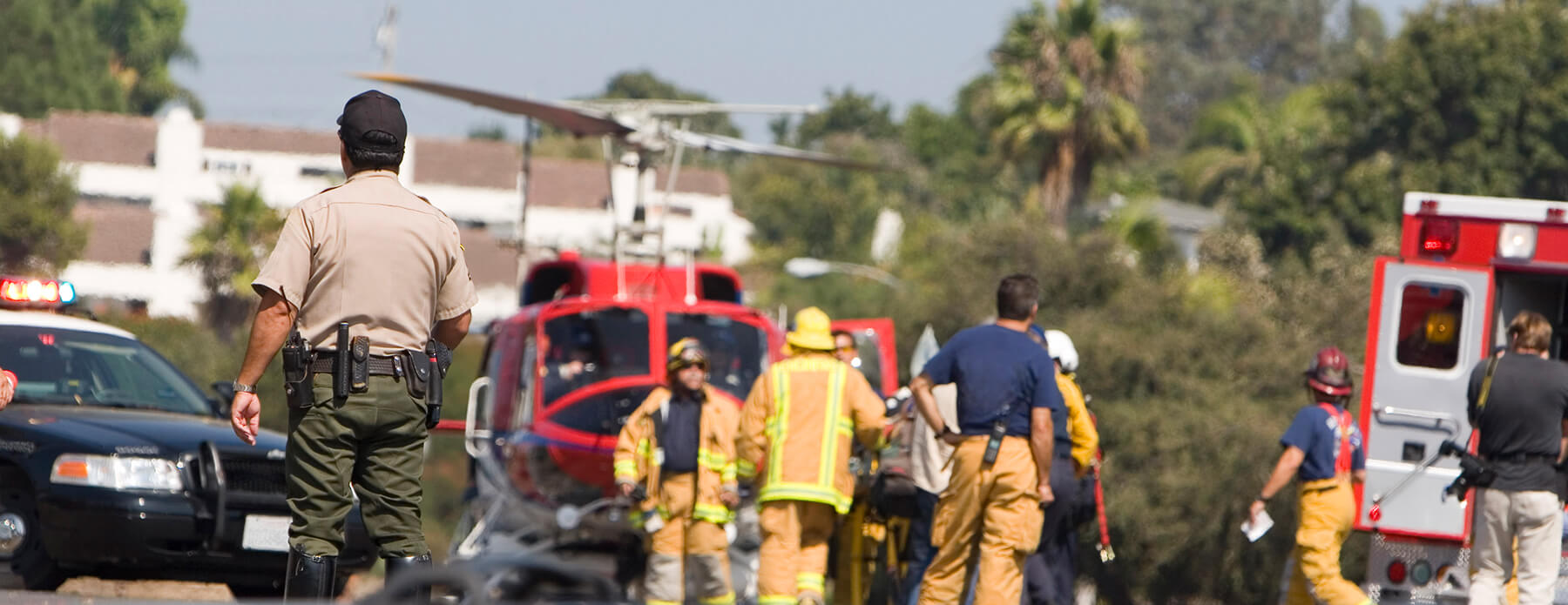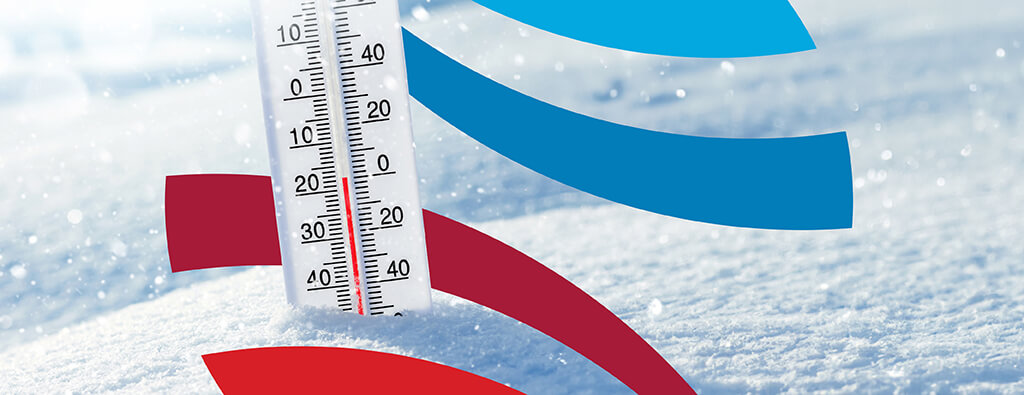By Greg Padgett, Director, Media Relations & Community Outreach for Tidal Basin Group
Nor’easters are major winter storms that can impact entire regions with crippling snow, wind and coastal erosion. These intense areas of low pressure develop along the Eastern Seaboard of the United States between late Fall to early Spring and have some historical weather impacts. The Storm of the Century in March 1993 was a classic Nor’easter that impacted dozens of states and stretched from Central America to Canada. The large cyclonic storm formed over theGulf of Mexicoon March 12, 1993. The storm was unique and notable for its intensity, massive size, and wide-reaching effects as it rapidly moved up the East Coast of the U.S. dumping heavy snow from Alabama and Georgia through Maine. An estimated 40percent of the country’s population experienced the effects of the storm with a total of 208 fatalities. The greatest recorded snowfall amount was atMount MitchellinNorth Carolina, the tallest mountain in eastern North America, where 56″ of snow fell and 14′ snow drifts were reported.
The metropolitan areas of the Northeast typically feel the greatest impacts from Nor’easters. Allison Pinnisi is the Communications Director for New York City’s Office of Emergency Management (NY OEM) and says New Yorkers are resilient and accustom to big snowstorms, but they do have impacts. “We don’t want people to travel during a severe weather event, we really would like people to work remotely and if they need to travel, they should take mass transit,” said Pinnisi.
The metropolitan areas of the Northeast typically feel the greatest impacts from Nor’easters. Allison Pinnisi is the Communications Director for New York City’s Office of Emergency Management (NY OEM) and says New Yorkers are resilient and accustom to big snowstorms, but they do have impacts. “We don’t want people to travel during a severe weather event, we really would like people to work remotely and if they need to travel, they should take mass transit,” said Pinnisi.
Pinnisi encourages New Yorkers to download the city’s alert and notification system called Notify NYC to stay updated on weather impacts, road closures, and public events. “It’s really helpful for both residents and visitors, people who commute into New York City for work as well. It provides information on critical information alerts, but also planned events. So, for example if there is planned road work for where you need to go, it will alert you,” she said.
Winter weather can also pose a threat to drivers, especially when significant snow falls in a short duration. Pennsylvania’s Department of Transportation (Penn DOT) is responsible for monitoring thousands of miles of roads to keep routes passable during the winter season. “We have been preparing for this Winter season since the last one ended,” said Penn DOT Deputy Secretary Melissa J. Batula. “We are responsible for more than 95 thousand miles of roadways across the state, that’s more than all of New England states combined. We have over 4,700 members of road crews who are prepared.”
Pennsylvania State Patrol Major Bruce Williams says the best advice to drivers is to stay off the roads when big storms like Nor’easters move through. “Keep yourself and first responders safe by not traveling unless absolutely necessary, if you must travel slow down and increase the following distance, and use 911 to report an emergency,” said Major Williams.
Ice storms are another winter weather threat that can cause significant impacts. A half inch or more of ice can be enough to bring down trees, power lines, and structures due to the weight of the ice. During an ice storm you should be prepared for the following:
- Extended power outages from broken tree limbs and downed power lines.
- Increased risk of carbon monoxide poisoning from homeowners improperly using generators as a power source.
- Hazardous driving conditions with “black ice”.
- Major debris after the storm from down trees or limbs.
- Dangerous slippery conditions for walking, especially on sidewalks. The number of injuries with broken bones increases significantly after an ice storm.
Here are some additional tips to prepare for all types of Winter weather during the colder months:
- Pack a “To Go” kit for your vehicle in case you are stranded in your car.
- Download your local community’s alert and notification system. Visit your local community emergency management website for links and instructions.
- Be prepared for extended power outages by storing extra firewood, canned food, supplies, and alternative sources for light, but not candles.
- And wear multiple layers of clothing if you have to venture outdoors.
To learn more about Winter Weather Preparedness, you can visit NOAA’s Weather Ready Nation website for winter and other seasonal hazard preparedness resources.



